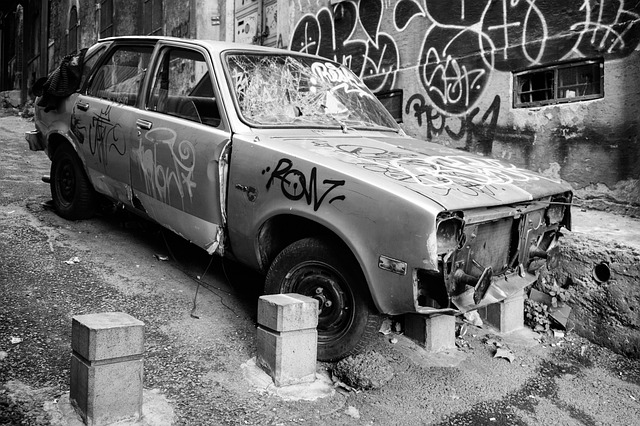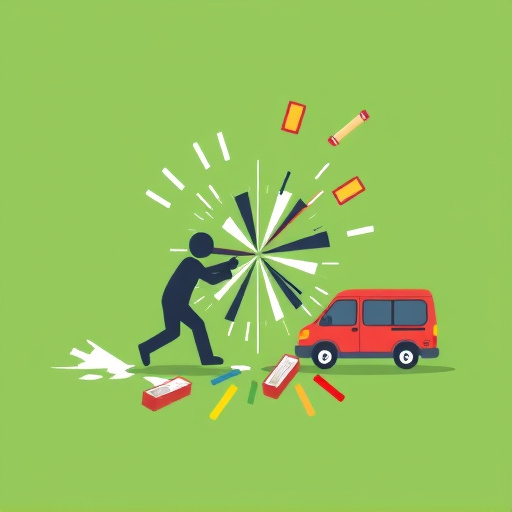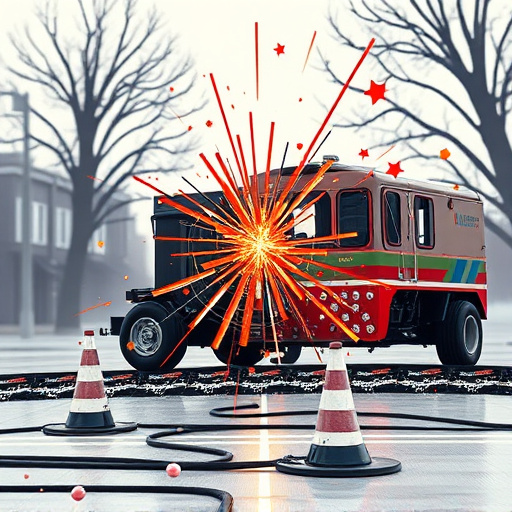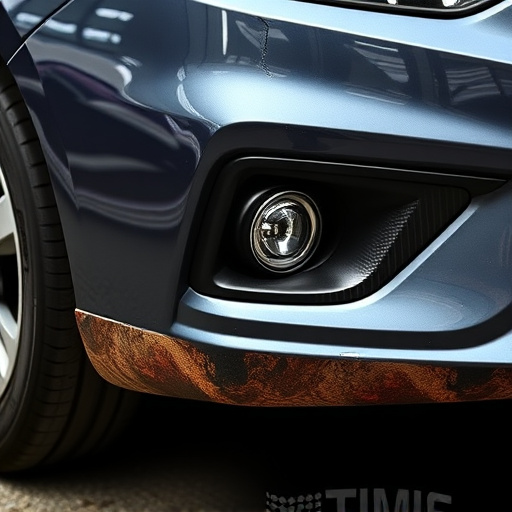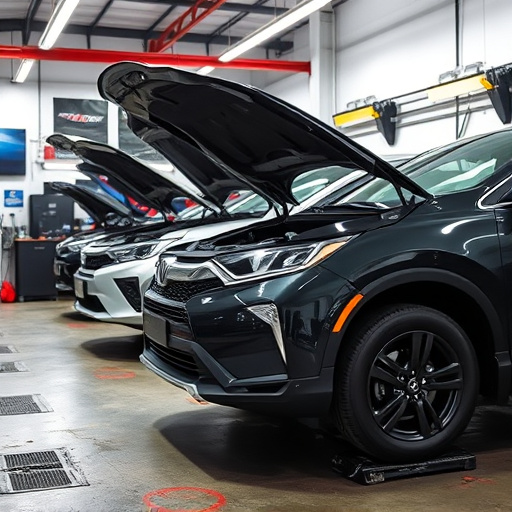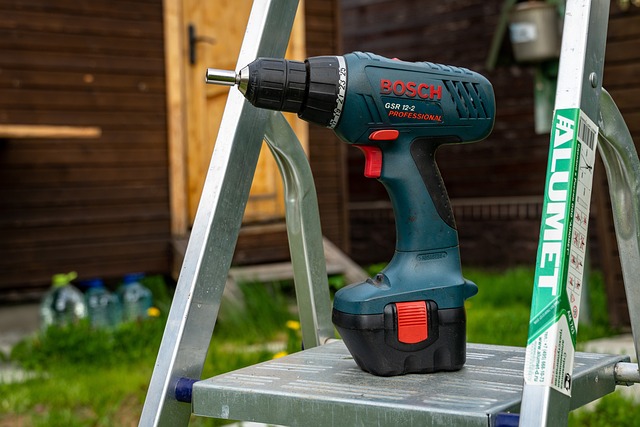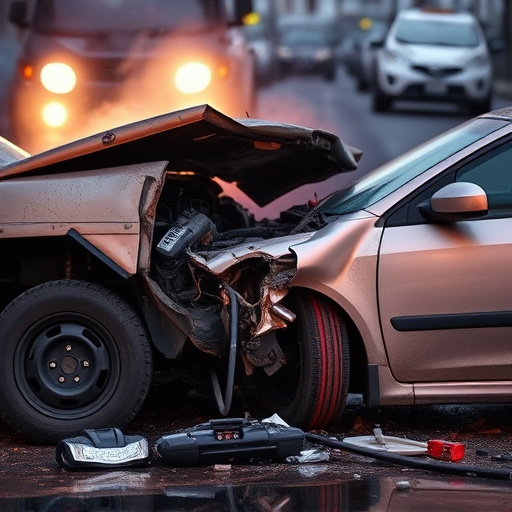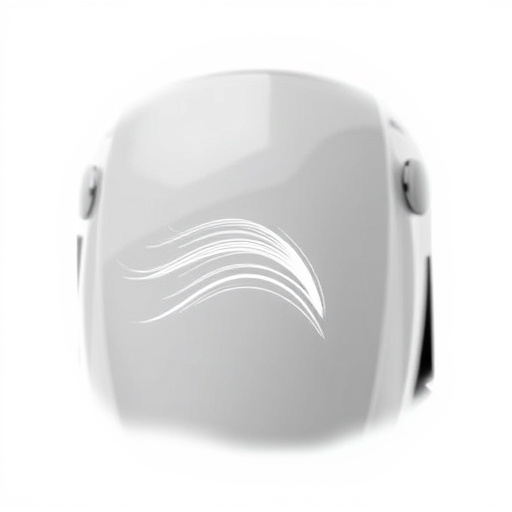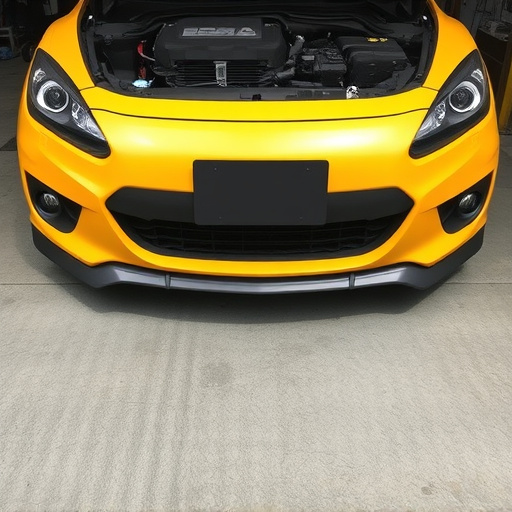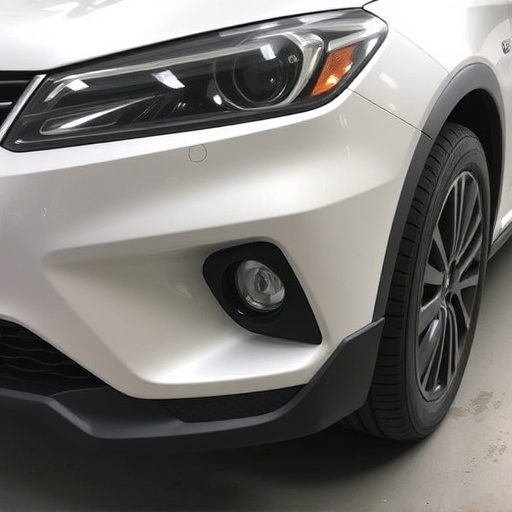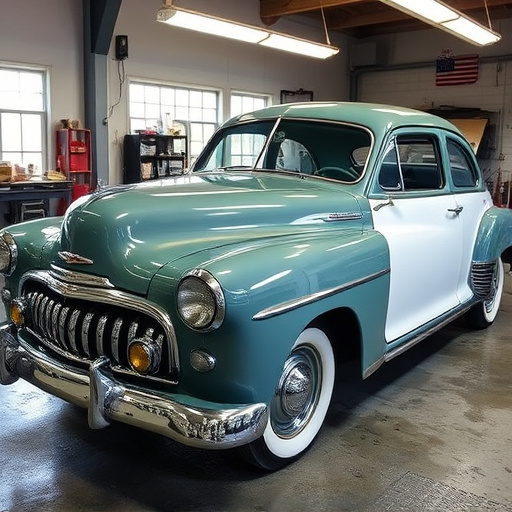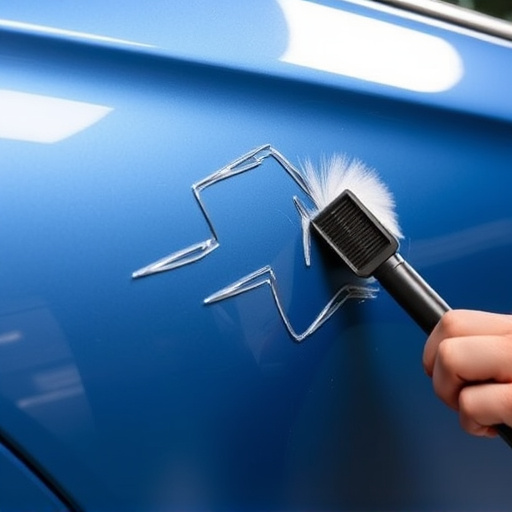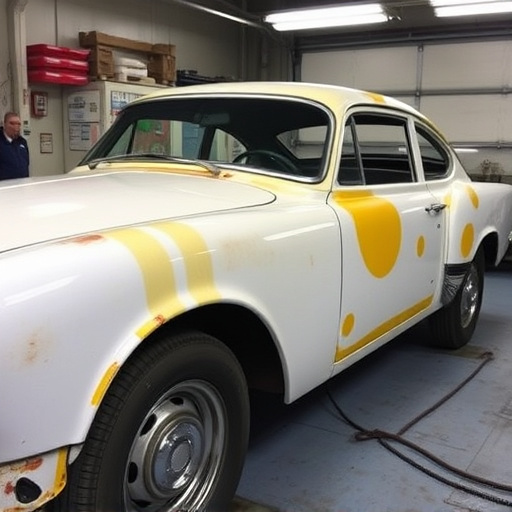Trim restoration collision services go beyond cosmetic fixes, demanding meticulous detail work and specialized knowledge. Technicians conduct thorough visual inspections to assess damage, aligning body panels and addressing hidden issues. Modern techniques like high-resolution cameras and 3D scanning enhance accuracy and efficiency in trim restoration, ensuring both aesthetic appeal and structural integrity for better resale value.
In the realm of automotive repairs, accurate assessment of trim restoration after a collision is paramount. This guide navigates the crucial strategies and techniques for evaluating damage to vehicle interiors, known as trim restoration. We’ll explore the intricate process, starting with a visual inspection to identify collision marks. Delve into advanced methods that ensure precise damage analysis, fostering effective repair planning. Understanding these strategies is key to achieving impeccable results in trim restoration following collisions.
- Understanding Trim Restoration Process
- Visual Inspection: Identifying Collision Damage
- Advanced Techniques for Accurate Assessment
Understanding Trim Restoration Process
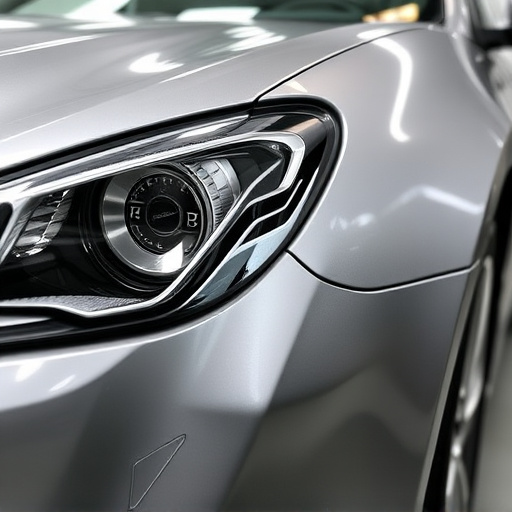
The trim restoration collision process involves meticulous attention to detail and a deep understanding of automotive materials and techniques. It’s more than just fixing scratches or dents; it’s about restoring the vehicle’s aesthetic appeal and structural integrity. Skilled technicians use specialized tools and chemicals to remove damage, reshape or replace trim components, and then carefully refinish them to match the original factory finish. This meticulous approach ensures that not only does the car look like new, but it also retains its safety standards and resale value.
Understanding this process is crucial for anyone considering auto body services, especially after a collision. It’s not just about fixing the visible damage; it encompasses hidden components within the vehicle’s structure. Reputable collision repair shops employ trained professionals who can accurately assess trim restoration needs, ensuring that every part of the car—from door panels to fenders—is restored to its optimal condition. This level of expertise is vital in preserving the overall quality and safety of vehicles post-collision.
Visual Inspection: Identifying Collision Damage
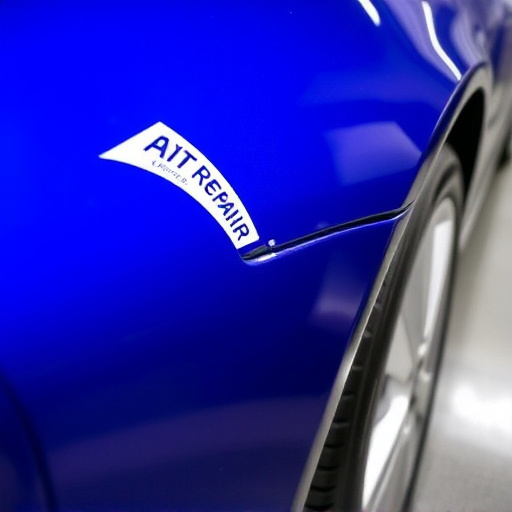
A thorough visual inspection is the first step in accurately assessing trim restoration collision damage. It involves a meticulous examination of every inch of the vehicle’s exterior, focusing on the trim components and panels that are often affected during collisions. Experienced technicians will look for visible signs such as dents, creases, cracks, or missing pieces. Even minor damages can significantly impact the overall appearance and structural integrity of a vehicle, so careful observation is key.
During this process, experts may also check for alignment issues, as collision damage can misalign body panels, affecting the car’s aerodynamics and overall aesthetics. With modern vehicles, like those from brands such as Mercedes-Benz, where intricate trim details are common, identifying even the smallest discrepancies becomes crucial. Visual inspection is a fundamental skill in the field of car bodywork services, ensuring that bumper repair or mercedes benz repair techniques applied are tailored to the specific collision damage present.
Advanced Techniques for Accurate Assessment
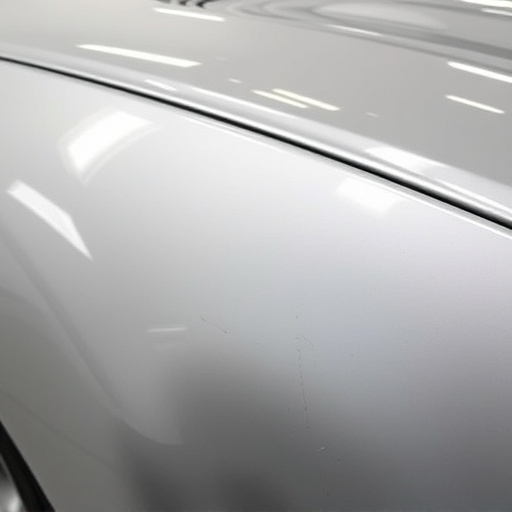
In the realm of trim restoration collision, advanced techniques have significantly enhanced accuracy and efficiency. Auto body shops now employ sophisticated tools and methods to assess and rectify damage to vehicle components beyond the traditional visual inspection. These innovative approaches include utilizing high-resolution cameras and 3D scanning technology to capture detailed images of the affected areas, allowing for precise measurements and analysis. By integrating these digital solutions, auto repair shops can detect even subtle deformities or misalignments that may have been previously overlooked.
Moreover, advanced training in trim restoration techniques enables professionals to identify unique challenges posed by various car body restoration projects. They learn to interpret the data from modern diagnostic tools, combining this with their expertise to make informed decisions. This holistic approach ensures not only the restoration of aesthetic appeal but also the structural integrity of the vehicle, setting a new standard for quality in auto repair shops.
Accurately assessing trim restoration collision damage is key to ensuring effective repairs and customer satisfaction. By understanding the trim restoration process, utilizing visual inspection techniques, and employing advanced assessment methods, professionals can navigate even complex collision scenarios with confidence. This meticulous approach guarantees that every trim component is evaluated properly, leading to a seamless return of vehicles to their pre-collision condition.
